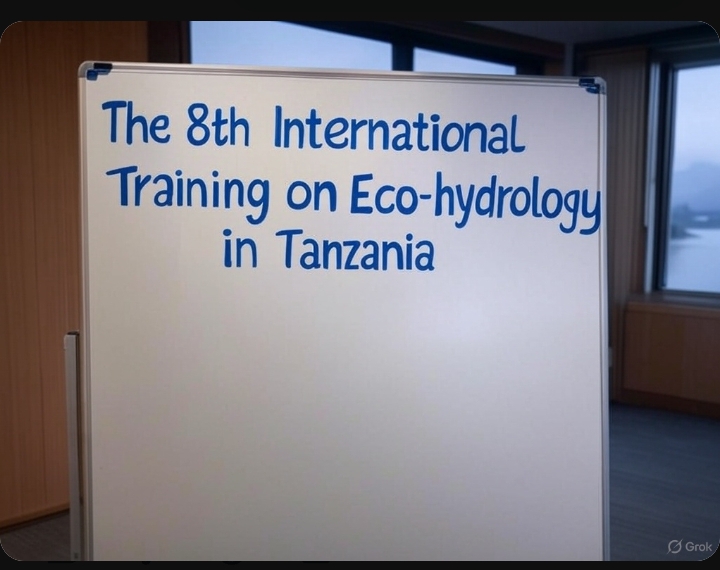The Tanzania Railway Corporation (TRC) recently initiated the first official trial of the nation’s inaugural electric train, running from Dar es Salaam to Morogoro. During the launch, Mobhare Matinyi, the Chief Government Spokesperson and Director of Information Service at the Ministry of Information, Communication, and Information Technology, expressed the government’s ambition to extend the Standard Gauge Railway to connect with adjacent countries.
Matinyi emphasized the historical significance and regional pride associated with this development, highlighting its potential to elevate the standard of living and business operations in Tanzania and beyond. The introduction of the electric train, capable of speeds up to 160 km/h, is expected to offer a reliable, efficient, and cost-effective transportation option for both travelers and business professionals.
Additionally, the route features six stations, with two primary stations in Dar es Salaam and Morogoro, and four subsidiary stations strategically located at Pugu, Soga, Ruvu, and Ngerengere.
From the outset, the introduction of Tanzania’s first electric train marked a pivotal moment in the enhancement of railway tourism within the region.
By providing a fast, safe, and affordable mode of transport, this initiative not only promises to improve the quality of travel for residents and tourists but also aims to foster economic growth and business opportunities. The strategic extension of the railway network to neighboring countries further underscores Tanzania’s commitment to regional integration and tourism development.
In December of the previous year, TRC augmented its fleet with the receipt of three electric locomotive engines and 27 new passenger coaches, bringing its total to four locomotives and 56 coaches. Masanja Kadogosa, the CEO of TRC, announced that the next phase of testing between Morogoro and Makutopora is scheduled for the following month.
The construction of the railway segment between Dar es Salaam and Morogoro, which began on May 2, 2017, and cost approximately 2.7 trillion Shillings, included significant infrastructural developments such as a 2.56 km viaduct to alleviate congestion in Dar es Salaam. This project also entailed the construction of 26 major and 243 minor bridges, along with pedestrian overpasses and underpasses, to ensure seamless connectivity.
Through improved accessibility and infrastructure, the electric train project is set to attract a larger number of tourists, eager to explore the scenic landscapes and rich cultural heritage accessible via this modern rail system. Consequently, from introduction to conclusion, the launch and expansion of the electric train service in Tanzania are expected to significantly contribute to the growth of railway tourism, offering a sustainable and efficient travel option that enhances the tourism experience in East and Central Africa.




